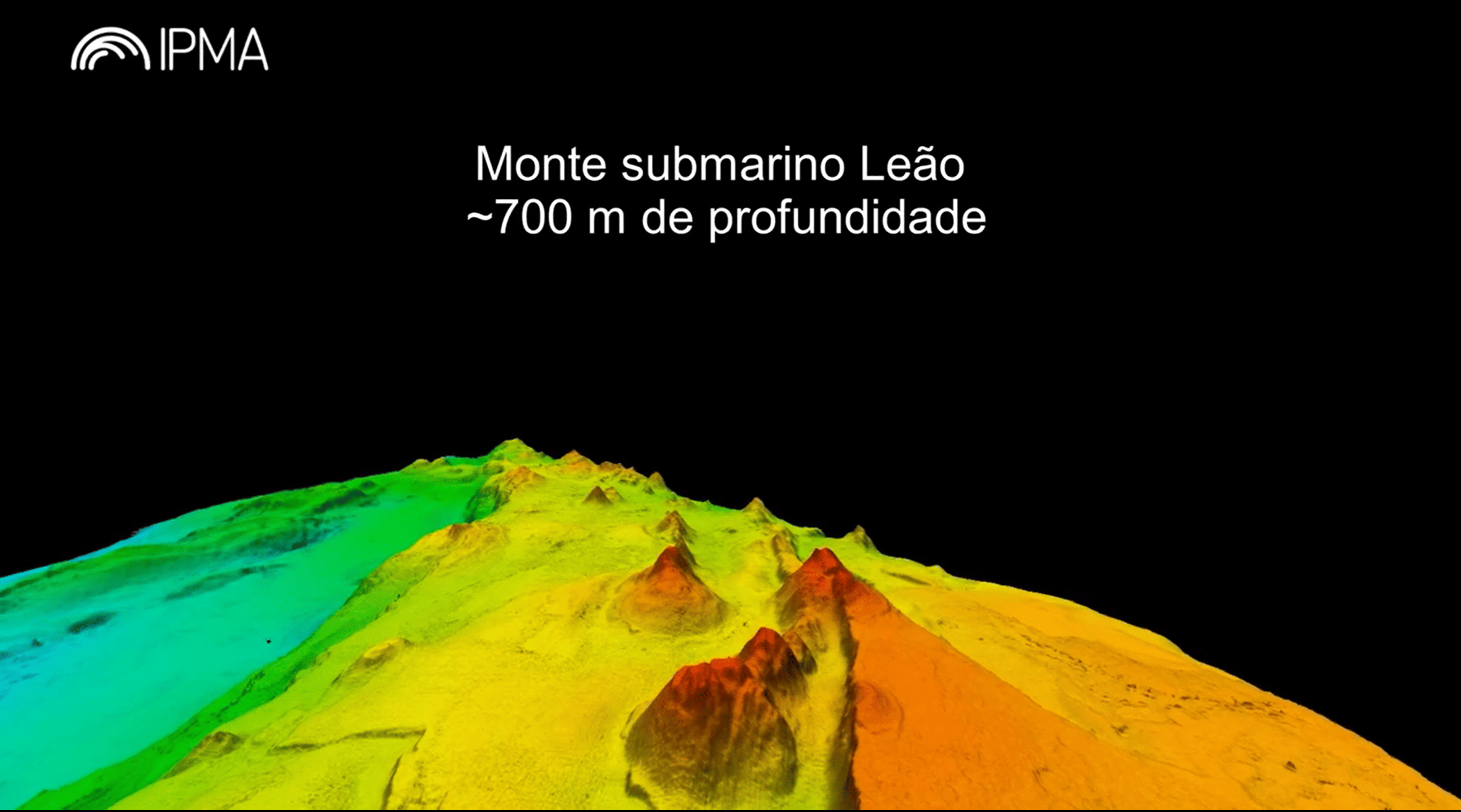The Research Vessel Mário Ruivo of the Portuguese Institute for the Sea and Atmosphere (IPMA) returned to Lisbon on 12 August, having successfully completed the first oceanographic mission dedicated to Oceanic Marine Protected Areas. This campaign focused on the marine sub-region of Madeira, namely the Madeira-Tore Geological Complex (CMT), with the purpose to establish the National Network of Marine Protected Areas. The project is funded by the Blue Fund (2.5 M€) and also includes the participation of the Directorate-General for Natural Resources, Safety and Maritime Services (DGRM).
This multidisciplinary research campaign is crucial for gathering the information needed to the characterizationof the biodiversity and habitats on the seamounts of the Madeira-Tore Geological Complex (CMT) and the adjacent seamounts, namely Ampère and Coral Patch, as well as on Mount Gorringe. The objective was to identify new areas of high interest for biodiversity conservation in the region and to provide the scientific basis for planning and managing current and future classified areas.
Considering Portugal’s international commitment to establish, by 2030, a National Network of Marine Protected Areas representing 30% of the national maritime space, the Oceanic Marine Protected Areas campaign is an important step in reiterating the national commitment.
The campaign began on 30 July and was divided into two stages, interspersed with the call at the Port of Funchal on 6 August. The second stage is expected to take place in the first half of 2025, depending on weather and ocean conditions.
It should be emphasised that, for the first time, researchers from all the Associated Laboratories in the Marine Area collaborated on the project, namely the Interdisciplinary Centre for Marine and Environmental Research of the University of Porto (CIIMAR), the Centre for Environmental and Marine Studies of the University of Aveiro (CESAM), the Centre for Marine Sciences of the University of the Algarve (CCMAR) and the Centre for Marine and Environmental Sciences (MARE), with 8 higher education centres (Coimbra, Leiria, Lisbon, Évora and Madeira). Madeira’s Regional Directorate for Maritime Policy and ARDITI – Madeira’s Regional Agency for the Development of Research, Technology and Innovation also collaborated on this project. Equipment kindly provided by the Portuguese Task Group for the Extension of the Continental Shelf (EMEPC) and the Hydrographic Institute (IH) was also used.

